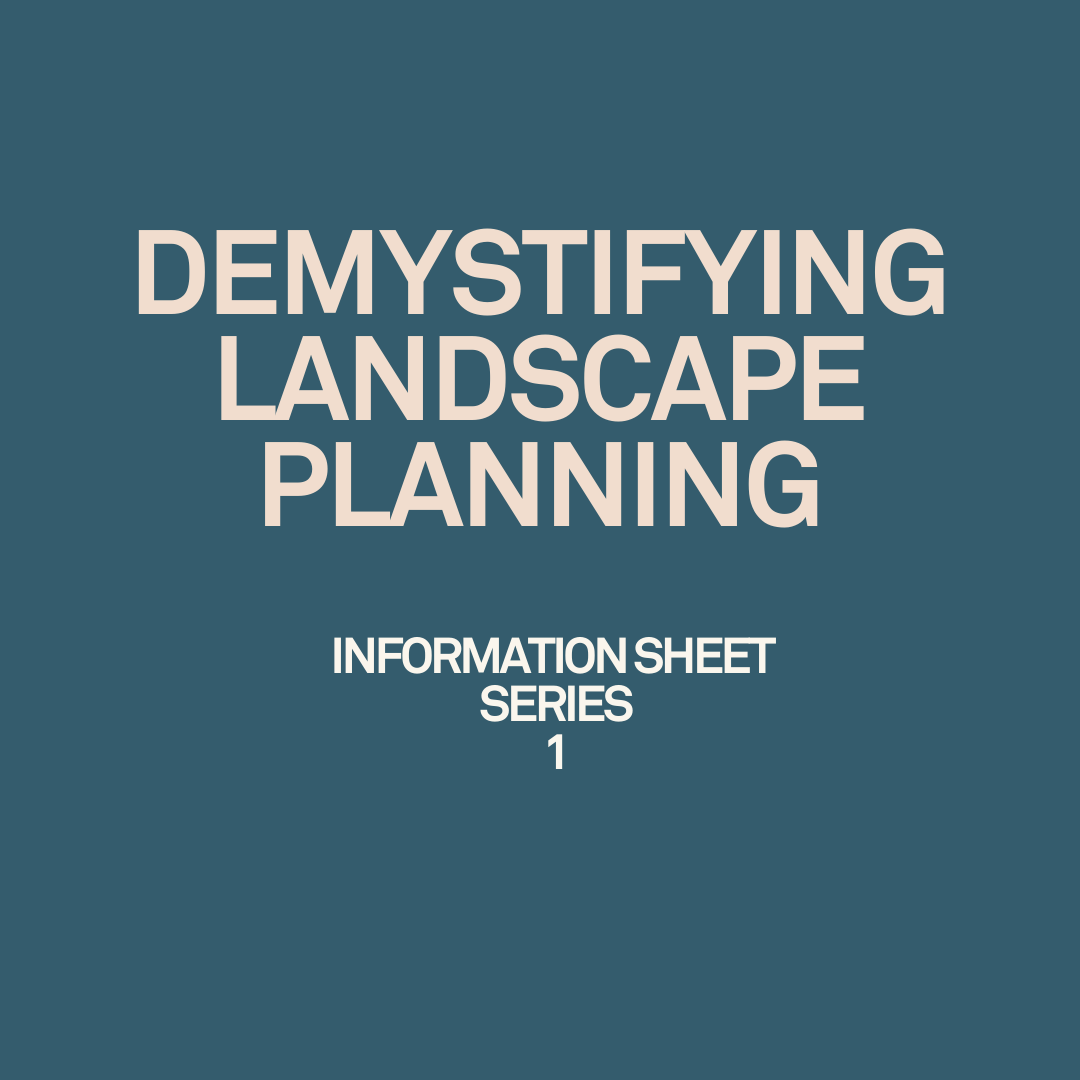
What is the difference between Appraisal (LVA) and Assessments (LVIA)?
This can be confusing. Landscape professionals, planning consultants, planning officers, and clients often have different views about what is expected within an LVIA and LVA and when they are required, based on prior experience and advice they have been given. We have set out our advice and recommendations below.
LVA stands for “Landscape and Visual Appraisal”. Appraisals are a review of land and its sensitivity to accommodate development in landscape and visual terms, often when a client would like to understand more about the local landscape and the visibility of a Site. The LVA can enable a sensitive approach to development, or form part of a submission at site representation stages to a Local Plan as it will identify the key landscape and visual opportunities and constraints of a Site. The LVA is not an assessment of the effects of a development because it is addressing the principal of development rather than a fixed scheme.
LVIA stands for “Landscape and Visual Impact Assessment”. This is an assessment of a development, submitted as part of a planning application (see below for variations).
TVIA stands for “Townscape and Visual Impact Assessment”. This is an assessment, following a similar methodology and workflow to an LVIA, but for an urban site, where the townscape character is assessed, as opposed to the landscape character. All the below is relevant, just replace ‘L’ for ‘T’.
There are further variations of LVIAs:
LVIA for schemes that are not subject to Environmental Impact Assessment (non EIA).
LVIA for schemes subject to EIA: If a scheme meets the threshold for EIA development (ie an Environmental Impact Assessment is required), an LVIA may form one of the technical assessments within the Environmental Statement (ES). This requires LVIA input in the screening and scoping stages of the ES and differs from other non-EIA LVIAs by including an assessment of the effects at construction, year 1 of operation, year 15 of operation and cumulative assessment. These effects are often presented in tables as part of the LVIA appendix and make judgments on what effects are ‘significant’ or ‘nonsignificant’.
Summary LVIAs (S-LVIA): We undertake S-LVIAs which are shorter LVIAs for single new homes in the countryside (under NPPF paragraph 80). Often we find that LVIAs are required, but a full assessment with effects tables is not always necessary.
What would the fee for one of these deliverables be?
This depends on the complexity of the Site and the type of proposals, extent of the proposals and the type of assessment, with LVIA (for EIA) being the most complex of the options.
Can the work done in the Appraisals (LVAs) be used towards the Assessments (LVIAs) at a later stage?
Yes. The benefit of having the appraisal work is that you will have a strong sense of the landscape, townscape and visual sensitivities of a Site from the earliest stage. The appraisal work will form the baseline for the assessment and will not be abortive.
Useful reading includes The Guidelines for Landscape and Visual Impact Assessment 3rd Edition. Above all, these reports need to be written by competent professionals and written with clarity and transparency.
If you would like to discuss this in more detail, please speak to Eleanor or Richard who would be happy to talk through your queries.
A pdf is available here edla info sheet LVA
